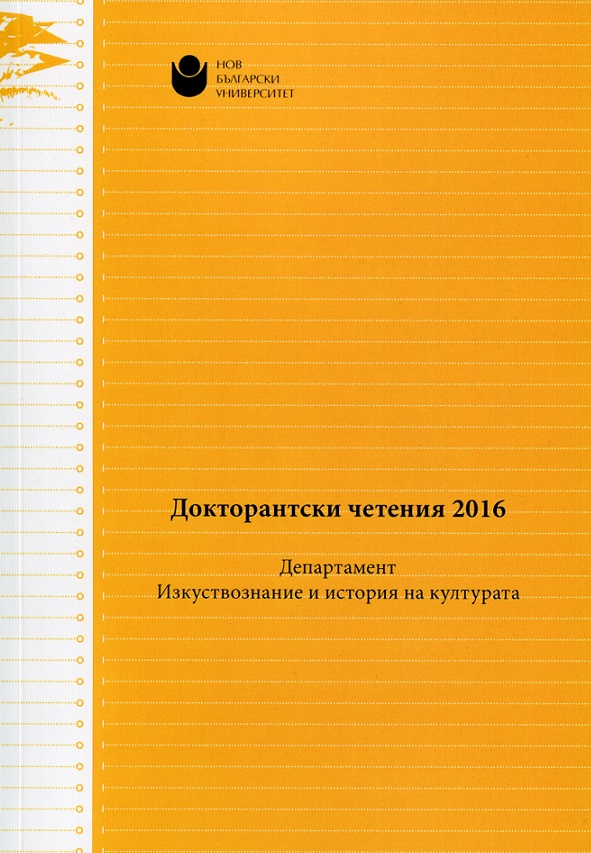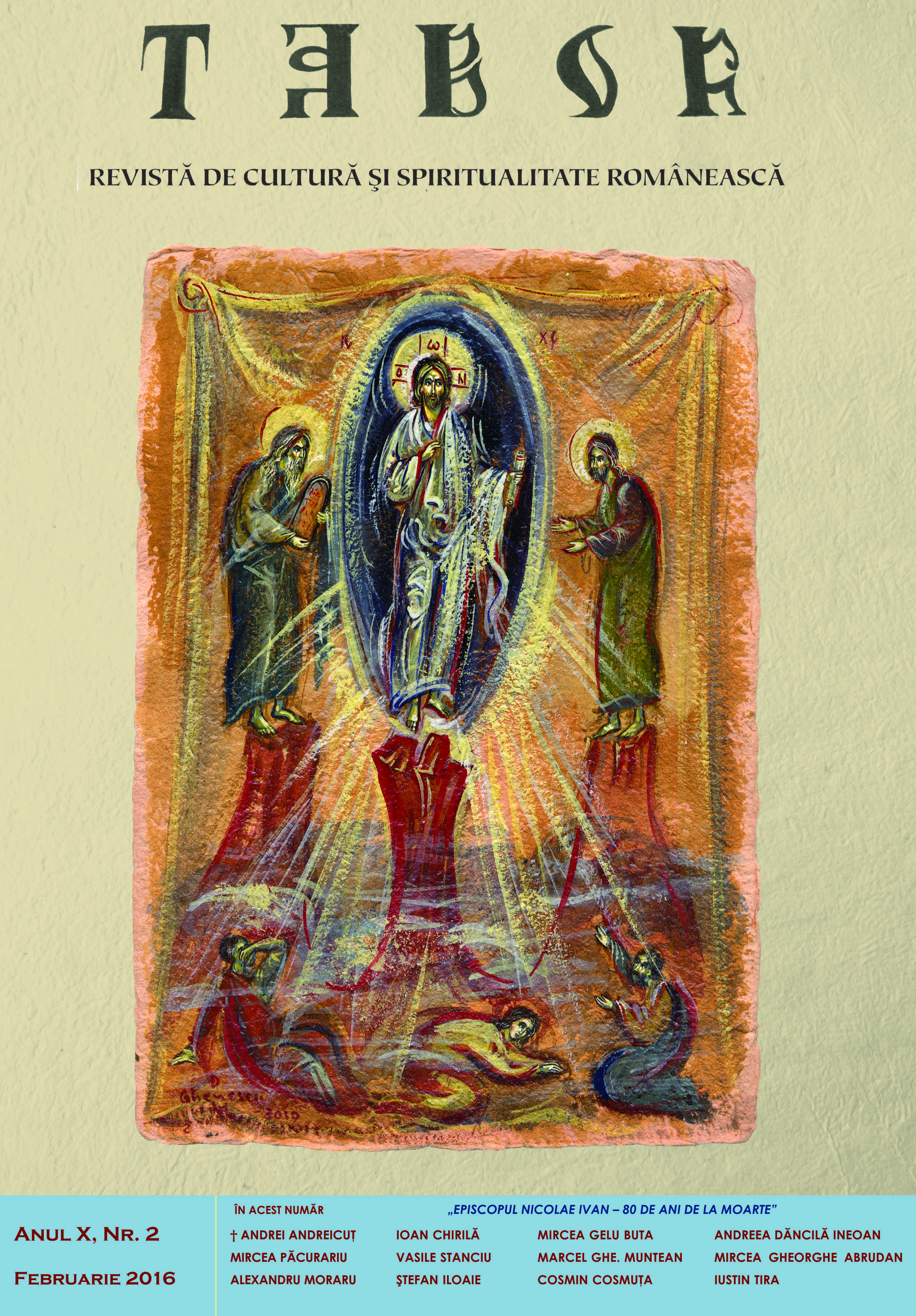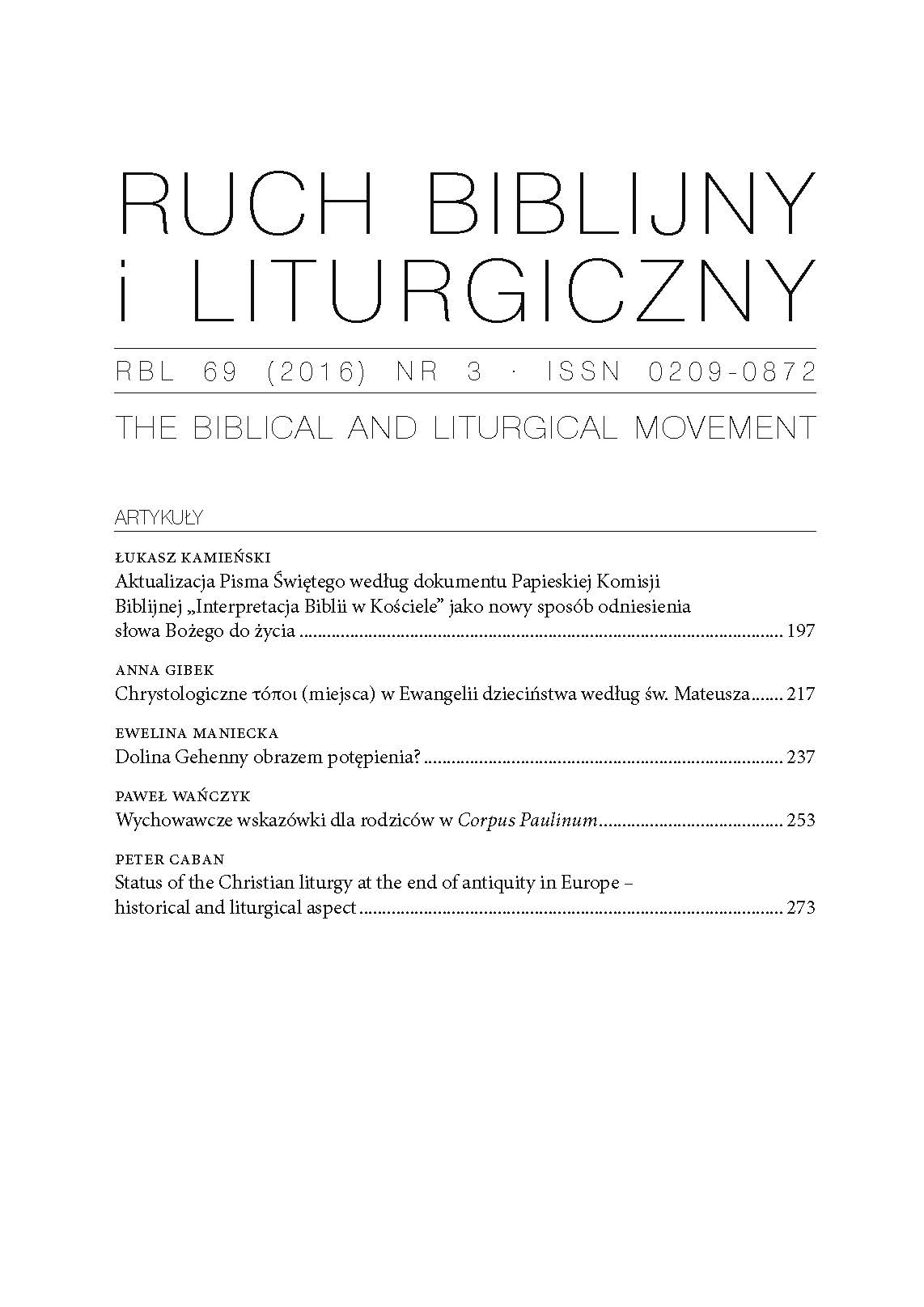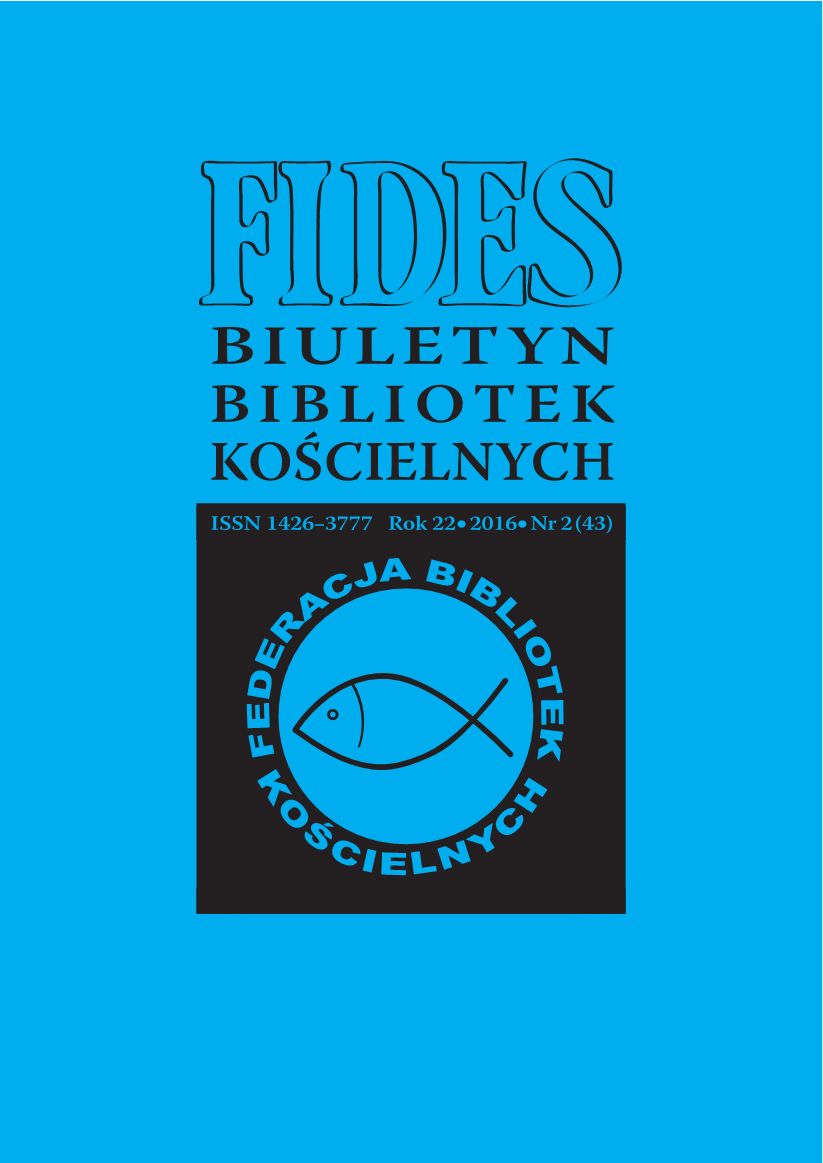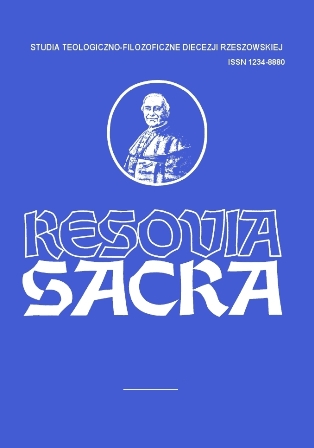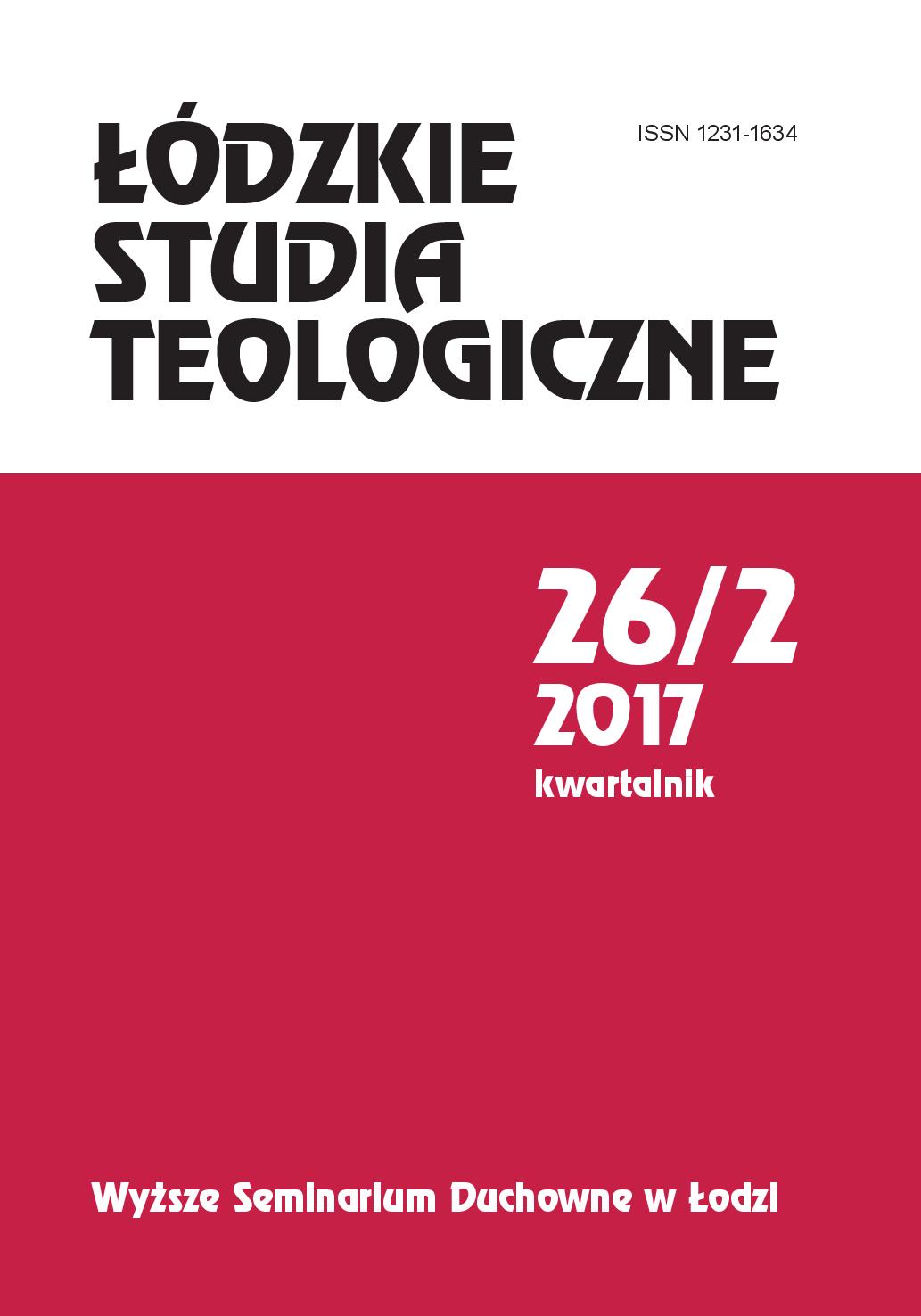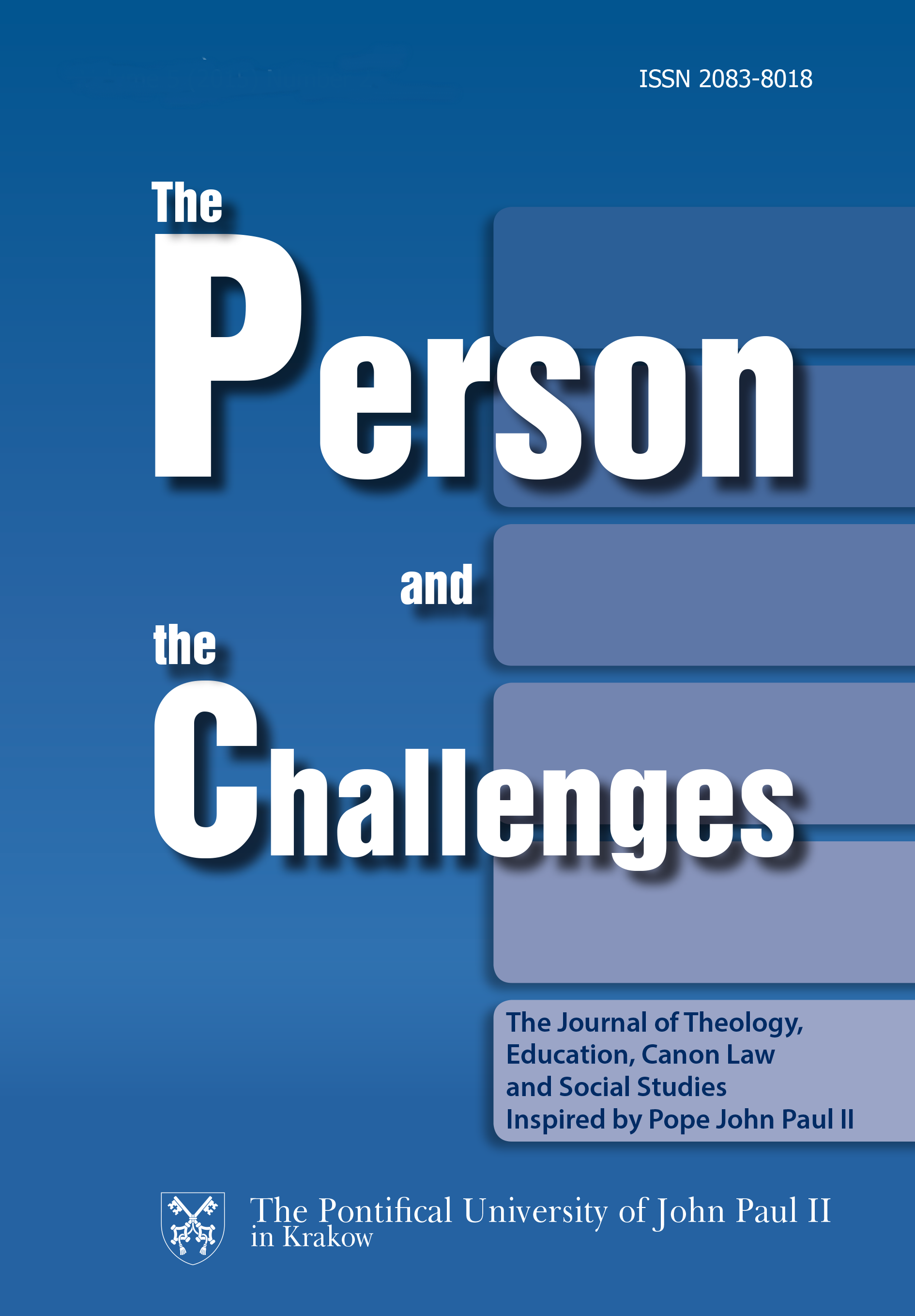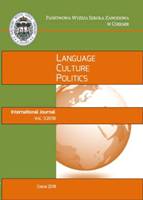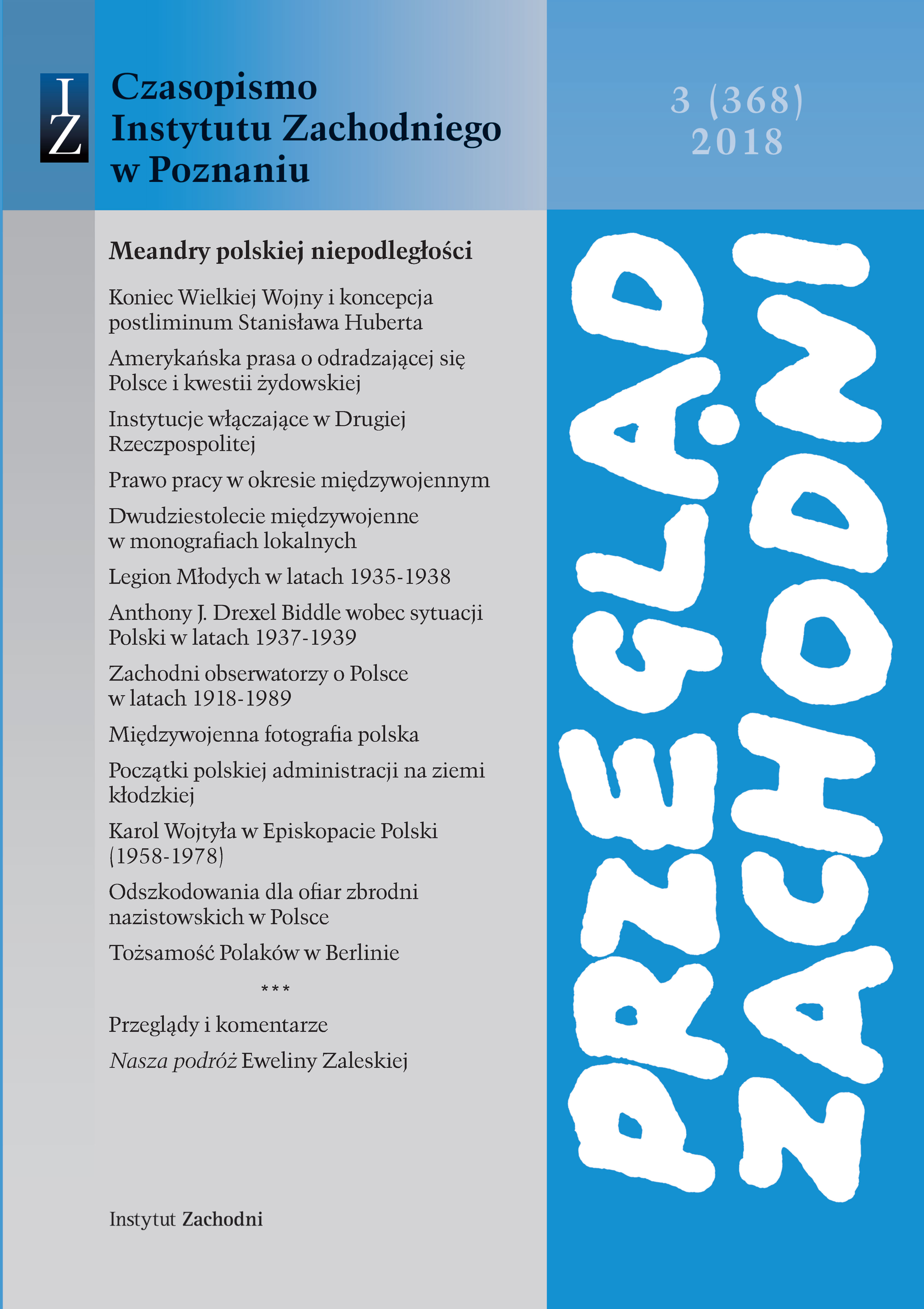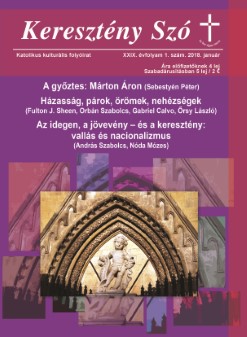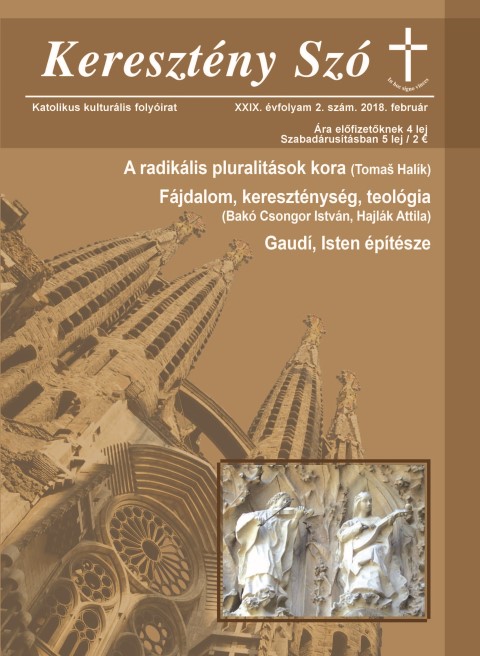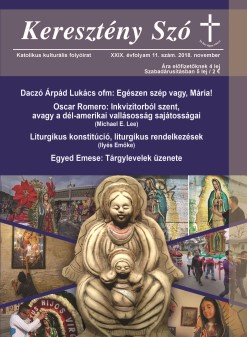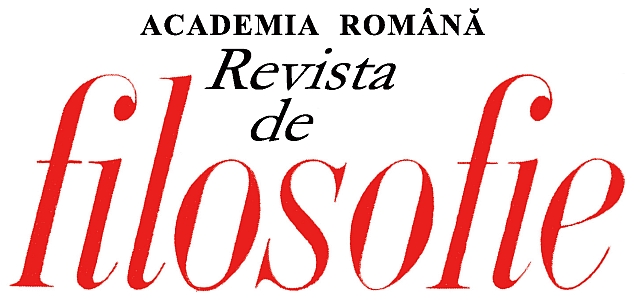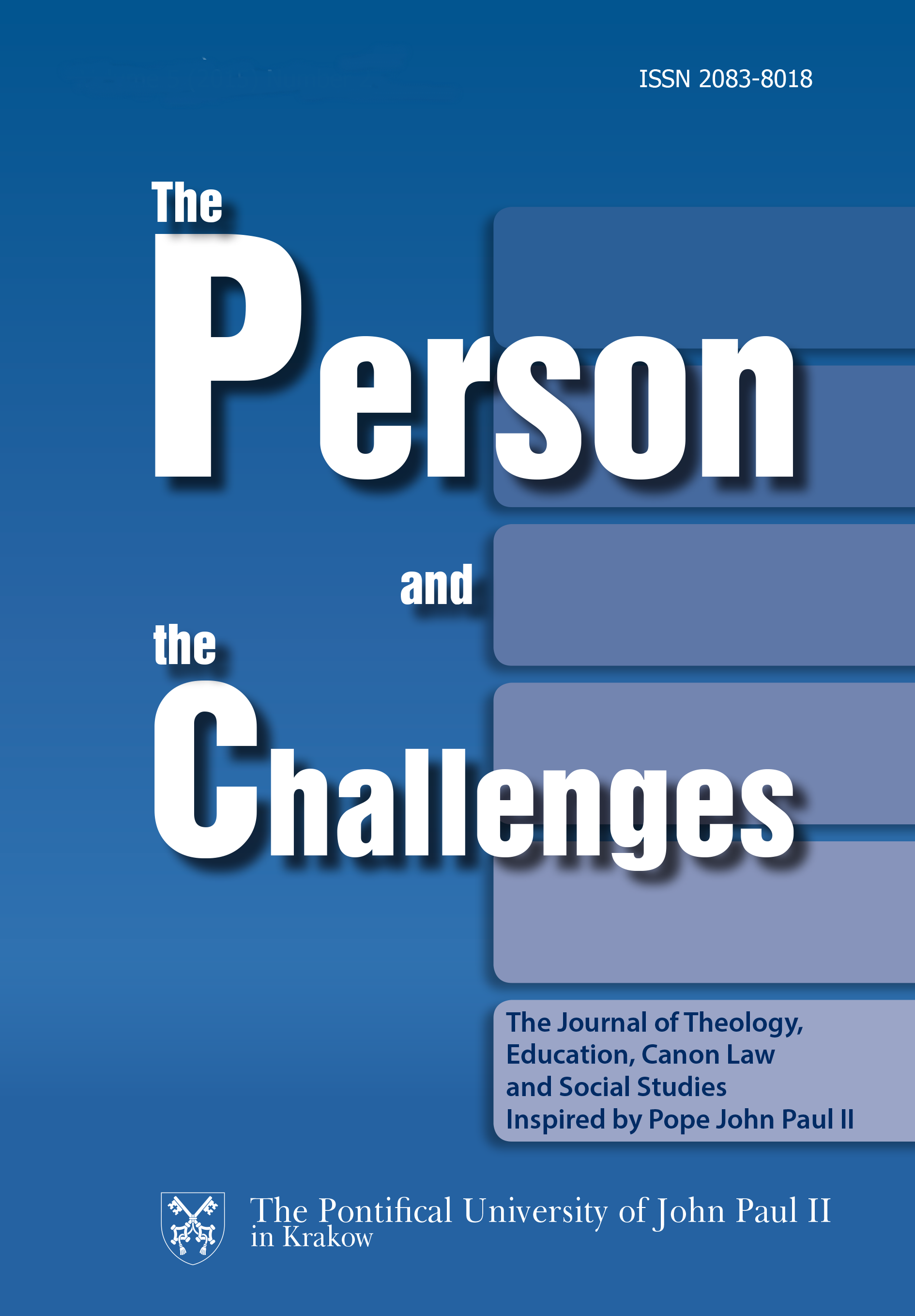
The “Lay State” – a Signifier of Transformations in the Church?
This article explores the renewal lay people initiated at a decisive moment in Church history. In the 16th – 17th century, with the development of the modern school, lay people were given the responsibility to teach religion and to guarantee Christian education in schools. A new type of religious congregation, with exclusively lay members, emerged. They had an impressive impact, worldwide, over the past three centuries. However, as the members of these congregations declined dramatically over the past decades, one wonders whether new generations will succeed in guaranteeing continuity in the near future. Or will ordinary, secular but baptized lay people create new forms of association while taking on responsibility for school education? Michel Sauvage (1923-2001), a French member of the De La Salle religious order, studied the theological identity of the lay “teaching brother” as initiated by J.-B. De La Salle at the end of the 17th century. The present situation, with 1.9 % brothers left and 97.6 % ordinary lay teachers in the educational institutions worldwide, seems to suggest that, once more, a historical mutation is occurring in the church.
More...
